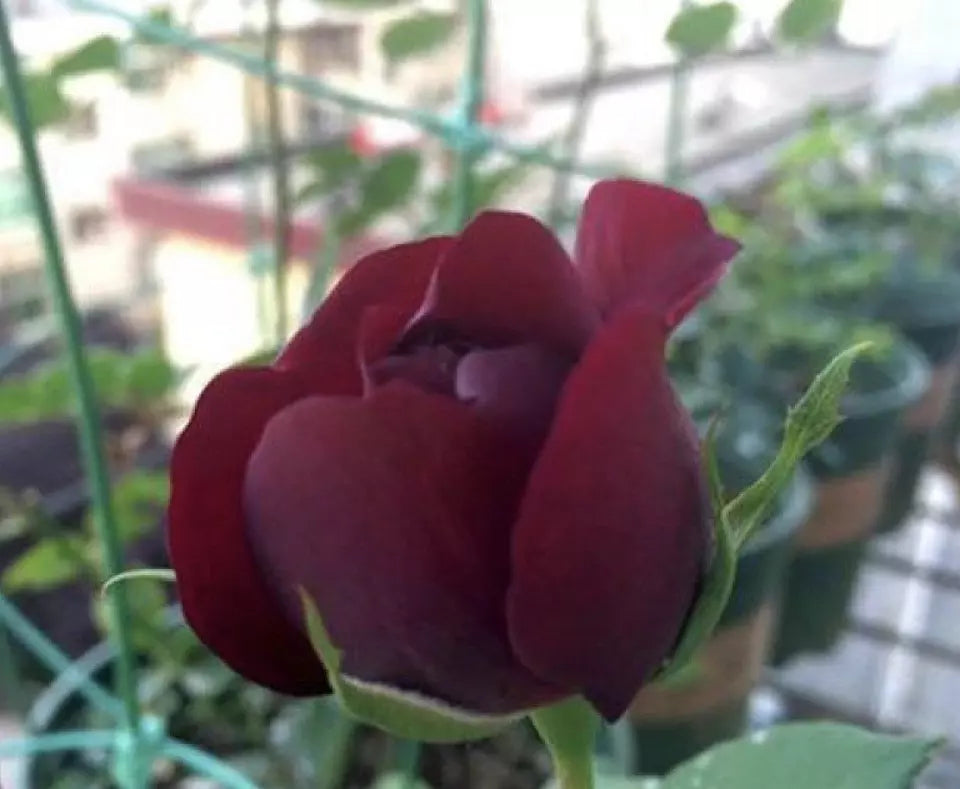1
/
of
1
Sejahtera Seeds and Bulbs
20 ROSE FLOWER SEEDS classic rare plant "Maroon Red"
20 ROSE FLOWER SEEDS classic rare plant "Maroon Red"
Regular price
$14.90
Regular price
Sale price
$14.90
Unit price
/
per
Shipping calculated at checkout.
Couldn't load pickup availability
Includes: 20 Seeds, Instructions for germination and care.
Condition: DRIED, ZIP SEALED, AND SAFELY STORED
Germinating rose seeds and growing them into adult roses can be a rewarding but somewhat challenging process. Here are some general instructions to help you get started:
- Stratification: Rose seeds require a period of cold stratification to break their dormancy and stimulate germination. There are two common methods for stratification:- Refrigerator Method: Place the clean seeds in a damp paper towel or in a ziplock bag with a moistened paper towel. Seal the bag and place it in the refrigerator at around 35-41°F (2-5°C) for 6-8 weeks. Check the moisture levels periodically and ensure the seeds don't dry out or become too wet.- Outdoor Method: Alternatively, you can sow the seeds directly in a prepared seedbed outdoors during the fall, so they naturally go through the cold winter temperatures. Protect the seedbed with a layer of mulch to prevent erosion and keep the seeds in place.
- Seed Sowing: After stratification, sow the seeds in a well-draining potting mix. Use individual pots or seed trays, and plant the seeds about ¼ inch (0.6 cm) deep. Keep the soil lightly moist, but avoid overwatering to prevent seed rot.
- Germination: Place the pots or trays in a warm location with indirect sunlight. The ideal temperature for germination is around 68-75°F (20-24°C). It may take several weeks or even months for the seeds to germinate, so be patient.
- Seedling Care: Once the seedlings emerge, provide them with bright, indirect light. Ensure they receive at least 6-8 hours of sunlight or use fluorescent grow lights if necessary. Keep the soil consistently moist, but not waterlogged. Transplant the seedlings into individual pots when they develop their first true leaves.
SOME ROSES THAT DO NOT HAVE COLORS ORIGINATED IN NATURE MAY NEED DYING.
Dyeing roses different colors is possible using a process called "flower dyeing" or "flower tinting." This involves changing the color of the petals by introducing dye into the plant's water supply.
Share

